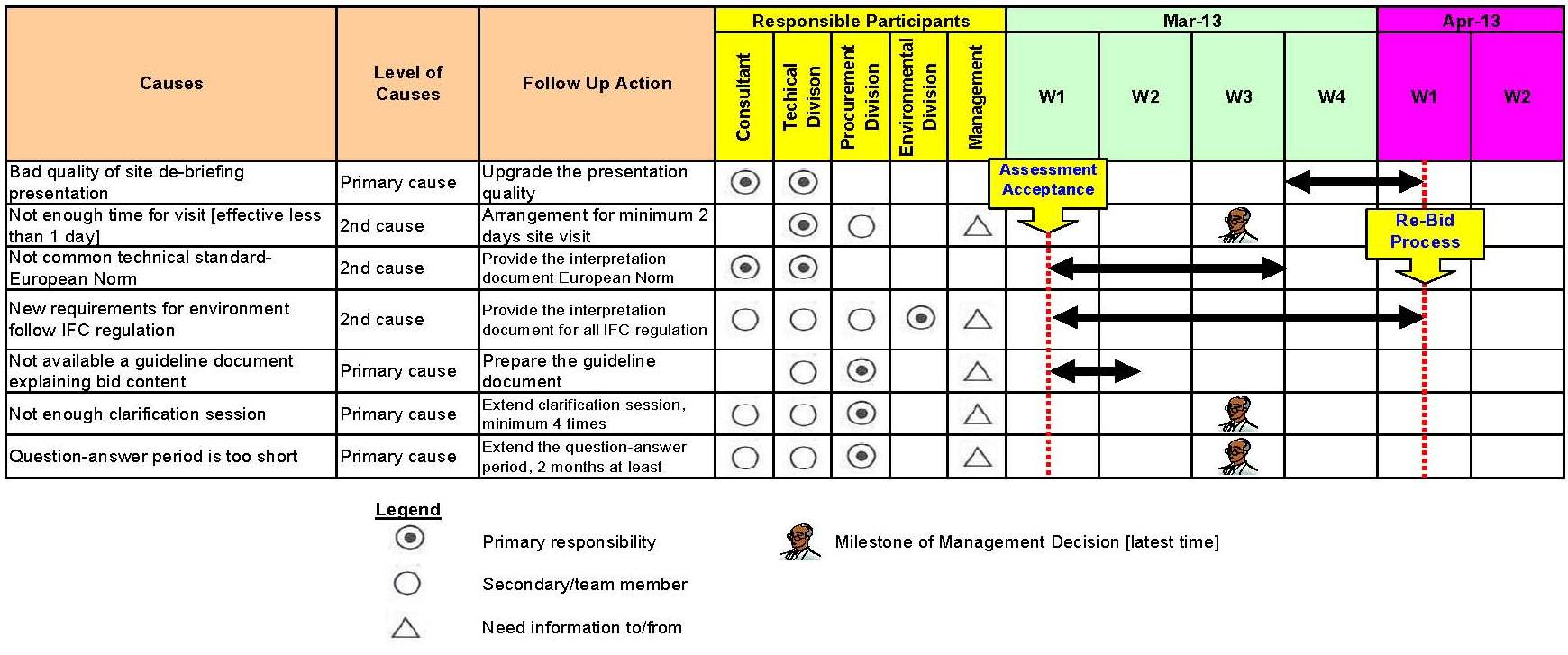고정 헤더 영역
상세 컨텐츠
본문
Bid/No Bid Decisions. Leave it up to business development. A lot of organizations assume that they wouldn’t pursue an opportunity if it “didn’t look good.” The problem with this is that they tend to not put in place the systems that ensure their opportunities are golden. A bid/no bid process pushes information along to the next decision point, where you can see whether sufficient progress has been made toward being ready to win it.

It also forces you to explicitly consider more reasons to not pursue the effort. It makes you more selective and increases your win rate. But even if you can never bring yourself to reject a bid, having a bid/no bid process will make your pursuits more effective, simply by providing goals and deadlines. A variation on this is to incentivize business development on wins and then leave it up to them what they pursue. Pre-RFP bid/no bid decision.
A lot of companies hold a bid/no bid decision meeting shortly before the RFP comes out. The problem with this approach is that it is reactive — it assesses what has been done with no ability to influence what will be done. In addition, it often doesn’t result in an actual decision since the verdict often degrades into “let’s wait and see what it says in the RFP.”. RFP Release bid/no bid decision.
When a company starts to formalize its proposal process, if it lacks a bid/no bid decision process, the proposal process will often impose one when the RFP is released. The idea for this review is to avoid spending effort on pursuits that can’t be won. The reality is that by this point the company is invested in the pursuit and reluctant to drop it.
Like the pre-RFP bid/no bid decision, this one also comes too late to effect any positive change. Step reviews and gate systems. These approaches are basically synonymous. A gate system identifies milestones with requirements that the pursuit must fulfill in order to pass each “gate.” A step review is a series of reviews held at each step in the pursuit. Both are usually about the bid lead demonstrating to the company that it’s a qualified lead. Gate systems tend to be financially oriented, focusing on resource allocation.
Setting the milestones can be tricky. Point scoring. Awards points when a pursuit matches certain criteria that are customized to the company’s offerings.
For example, the number of staff, lead time, points of contact, frequency of contact, value, etc. Could all be criteria that get assigned a certain number of points. You can create a bid/no bid matrix or scoring sheet to make it easy. Point systems are great if you need to implement objective automatic bid/no bid decisions, such as for quick turnaround task orders. However, they don’t work as well in environments where offerings can’t be qualified using predictable criteria. Readiness Reviews. Uses a series of reviews with specific questions to answer, goals to achieve, and action items for each review.
This is the approach we recommend as part of the. The scoring system help make decisions more objective. It also lends itself to in a matrix that can help you make your bid decisions. Because the questions, goals, and action items are known in advance they help ensure that nothing gets overlooked. They provide a way to track whether the pursuit is trending toward being ready to win at RFP release or away from being ready to win.You should have a bid/no bid decision when a lead is identified.

You should have a bid/no bid decision when you want to put resources into pursuing it. You should have a bid/no bid decision when you want to check the progress that you’ve made.
Business Decision Matrix Template
You should have a bid/no bid decision at key milestones. You should have a bid/no bid decision when you finally get to see the RFP. You don’t need a bid/no bid decision, you need a bid/no bid process.




